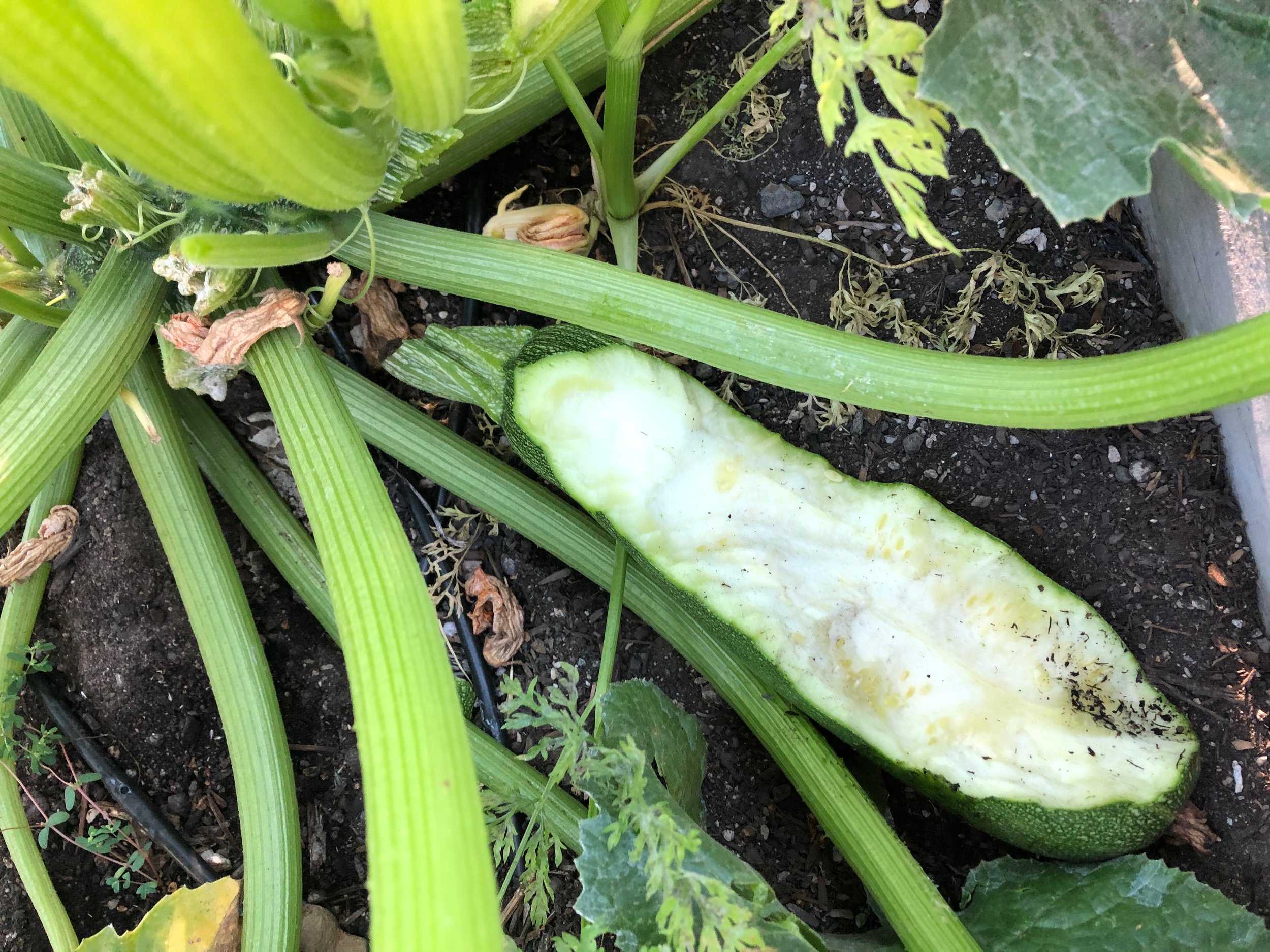How do I protect my garden from deer?
Deer move with the seasons, so you might not see deer in your yard year round. If you haven’t yet lived in your home for a full year, don’t develop a false sense of reality thinking that deer won’t show up!
Someone who lives on the other side of town from you may never have had a deer even sample their zucchini or carrots in their front yard, but the deer population in your neighborhood may devour them! It just takes one feast for deer to discourage you from growing food in your yard ever again. When it comes to perennials, though, know that, in the spring, established plants typically recover from mild deer grazing in the winter, since plants are dormant when the deer stop by at that time of the year.
The best way to keep deer out of your garden is to put up perimeter fencing. Using plants to create dense hedges might look nicer than a fence, but, unfortunately, they aren’t always as effective because deer often find ways to sneak through.
An 8’ tall fence is the recommended height for keeping deer out. In Bend, though, technically, fences over 7’ in height require a building permit and/or engineered plans, and depending on where your fence is located in relation to your setback, 6’ is the maximum approved height. Yes, deer can jump a 6’ fence, but they usually won’t jump when they can’t see the other side, so if your fence is solid, a 6’ fence should be ok.
If building a solid fence isn’t the aesthetic you’re going for, maximize the interior of your fenced area with raised beds, trellises, and mini hoophouses, along with lots of plants, of course. This will help to create an environment that deer typically don’t feel safe jumping in to. If 6’ is taller than you’d like to see in your landscape, some gardeners have had success with lower fences, doubled up, with ‘deer resistant’ perennials in between them, making the buffer between where deer can access the yard and ‘deer sensitive’ garden too wide for them to hop over. Of course, letting your dog run loose in a fenced yard is also a great deer deterrent, too!
If fencing your space just isn’t feasible, consider our mini hoophouse design with a layer of durable netting to keep deer out of your raised beds.
Our hinged pest protector covers are also a great option for protecting low growing plants.
If investing in physical barriers to keep deer away seems too overwhelming, but you still want to grow some of your own food in your Central Oregon yard, consider focusing on herbs and alliums (onions, garlic, leeks, and shallots). These are great crops to add to a ‘deer resistant’ landscape since they tend to be too aromatic for deer palates. Try planting an herb spiral, herbs in a designated raised bed, or adding herbs to in-ground perennial borders. Their aroma will likely deter other pests as well, and herbs flower and attract beneficial insects. Some other edible perennials that tend to be deer resistant and are appropriate for our climate: serviceberry, choke cherry, lilac, sea berry, elderberry, gooseberry, currant, honeyberry, goumi berry, goji berry and rhubarb. OSU Extension has a publication listing other deer resistant plants for Central Oregon.




